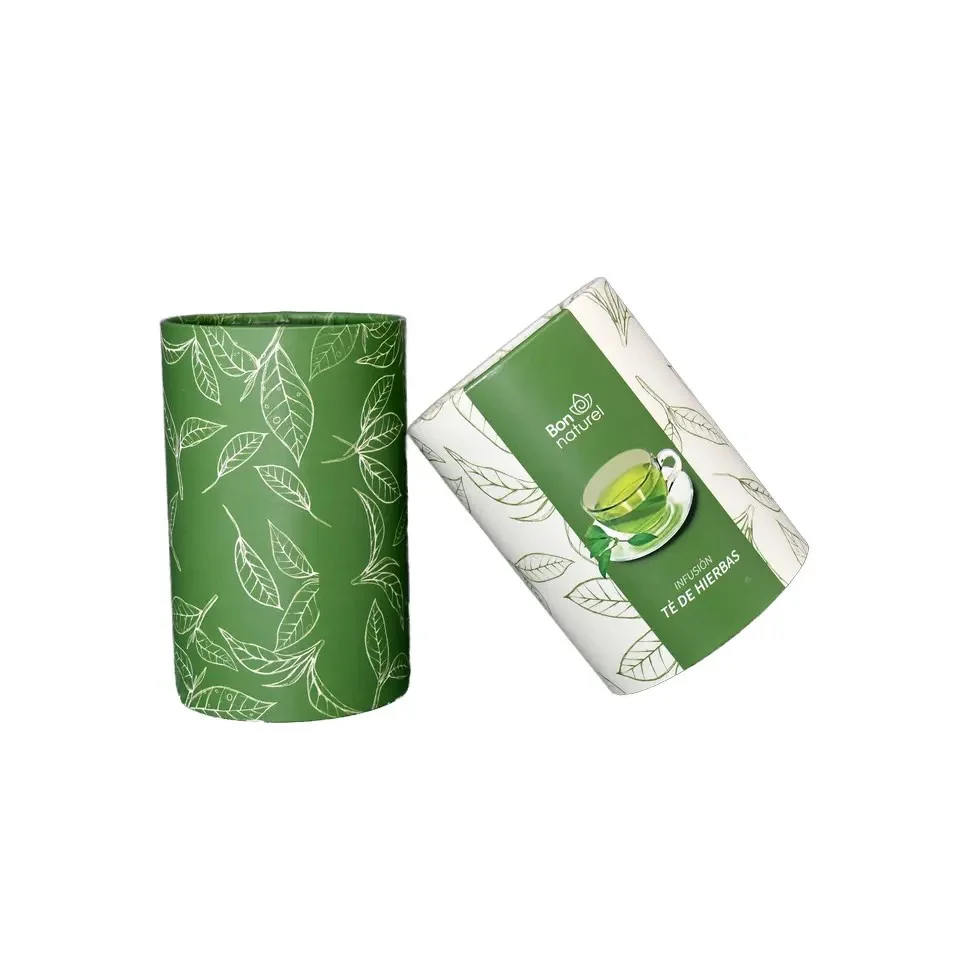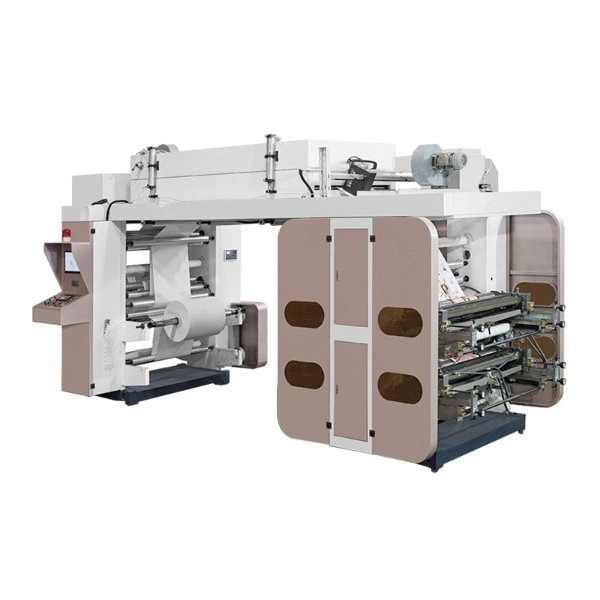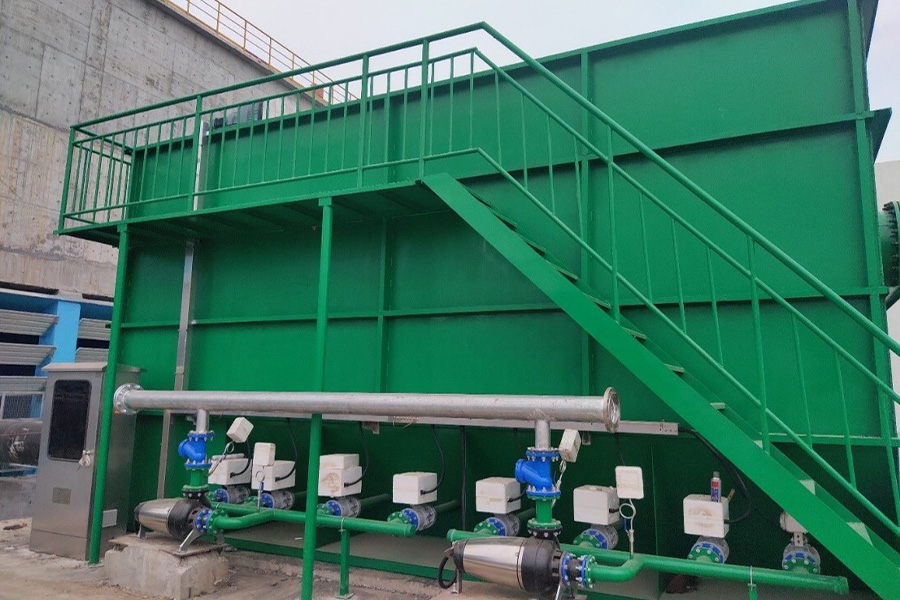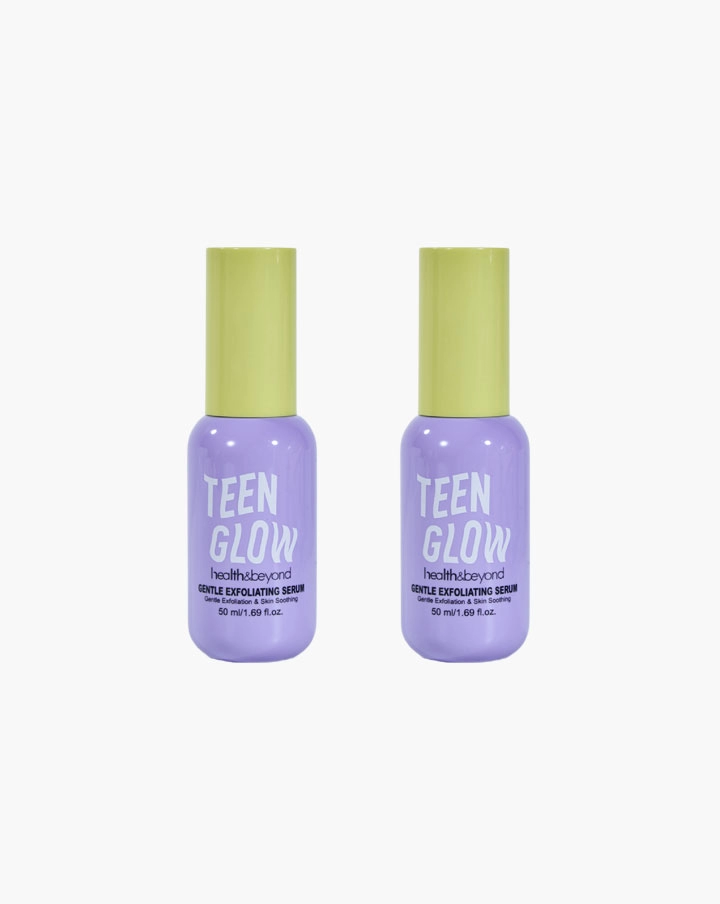In recent years, the food packaging industry has witnessed a significant shift towards sustainable materials, with paper packaging emerging as a popular alternative to plastic. As consumers become increasingly conscious of environmental issues, the question arises: Is paper packaging safe for food? This article delves into the safety, benefits, and potential concerns associated with paper packaging, providing a comprehensive overview for consumers and industry professionals alike.
Understanding Paper Packaging
Paper packaging encompasses a variety of materials, including cardboard, kraft paper, and coated paper. These materials are derived from renewable resources, primarily wood pulp, and are often recyclable or biodegradable. The transition to paper packaging is largely driven by the need to reduce plastic waste and the environmental impact of non-biodegradable materials.
Safety Standards and Regulations
When it comes to food safety, paper packaging must comply with stringent regulations set forth by organizations such as the U.S. Food and Drug Administration (FDA) and the European Food Safety Authority (EFSA). These regulations ensure that materials used in food packaging do not leach harmful substances into food products.
- Food Contact Compliance: Paper packaging intended for food contact must be made from materials that are safe and non-toxic. The FDA has established guidelines that manufacturers must follow to ensure that the paper does not contain harmful chemicals, such as heavy metals or harmful additives.
- Migration Testing: Manufacturers are required to conduct migration tests to assess the potential transfer of substances from the packaging to the food. These tests help determine the safety of the packaging materials and ensure they meet regulatory standards.
Benefits of Paper Packaging
- Sustainability: One of the most significant advantages of paper packaging is its environmental impact. Paper is biodegradable and can be recycled multiple times, reducing landfill waste and promoting a circular economy.
- Versatility: Paper packaging can be tailored to suit various food products, from dry goods to fresh produce. It can be treated with coatings to enhance moisture resistance and durability while still maintaining its eco-friendly properties.
- Consumer Perception: As consumers become more environmentally conscious, products packaged in paper are often perceived as healthier and more sustainable. This perception can enhance brand loyalty and attract environmentally-minded customers.
Potential Concerns
While paper packaging offers numerous benefits, there are some concerns that consumers should be aware of:
- Chemical Coatings: Some paper packaging is treated with coatings to enhance its barrier properties. These coatings may contain chemicals that could potentially migrate into food. It is essential for consumers to choose products that are labeled as food-safe and free from harmful substances.
- Moisture and Grease Resistance: Paper packaging may not always provide adequate protection against moisture and grease, which can lead to food spoilage. Manufacturers are continuously innovating to develop paper materials that offer improved resistance without compromising safety.
- Recycling Contamination: While paper is recyclable, contamination from food residues can hinder the recycling process. Consumers should be encouraged to properly dispose of paper packaging to ensure it can be recycled effectively.
Conclusion
In conclusion, paper packaging can be a safe and sustainable option for food, provided it meets regulatory standards and is used appropriately. As the industry continues to innovate, advancements in paper technology are likely to address many of the current concerns surrounding moisture resistance and chemical safety. For consumers, understanding the safety of paper packaging is crucial in making informed choices that align with their values and health considerations.




